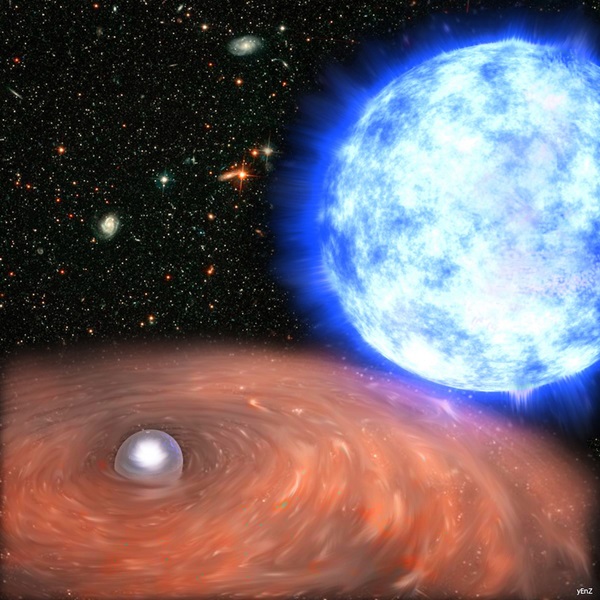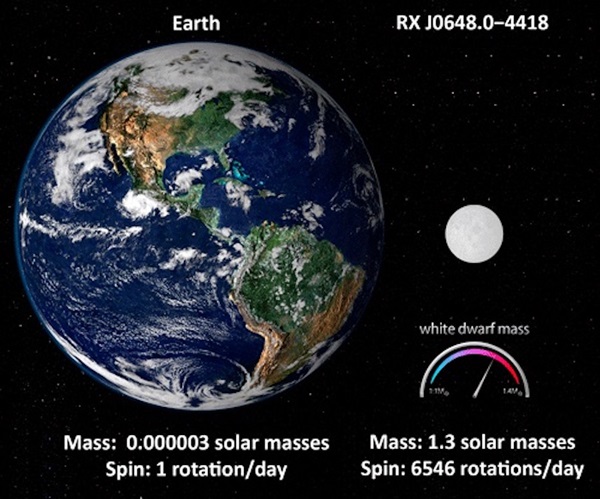A lot of white dwarfs have been spotted over the years, but a study published this week in Monthly Notices of the Royal Astronomical Society presented the first observational evidence of a shrinking white dwarf, which they found has been consistently contracting for the past 2 million years.
According to theory, a typical white dwarf can shrink its radius by several hundred kilometers during its first million years, but astronomers have never actually witnessed this behavior before. “For decades it has been theoretically clear that young white dwarfs are contracting,” said astrophysicist and lead author of the study, Sergei Popov, in a press release. “Yet, that very phase of contraction has never been observed in ‘real time.’”
This is partly because many white dwarfs observed thus far are extremely old, so they finished shrinking a long time ago. But it’s also incredibly difficult for astronomers to measure miniscule changes in a white dwarf’s radius since the stellar core is both very distant and very compact. (A white dwarf roughly the mass of the Sun would only be about the size of Earth).
“In other similar systems, accretion is much more powerful,” Popov said, “it determines how the white dwarf rotates, which makes it impossible to notice the beauty of contraction.” Since the spin of the white dwarf in HD 49798/RX J0648.0-4418 was not significantly influenced by infalling gas from its companion, the team realized that any changes in the dwarf’s spin rate would likely be a result of it changing in size.
Sandro Mereghetti, astronomer and co-author of the study, discovered that the white dwarf’s rotational velocity was not only the fastest ever observed for such a remnant, but it also has been speeding up over the past 20 years. He found that the white dwarf’s original 13-second spin period — the time it takes to complete one full rotation — is decreasing by about seven nanoseconds each year.
Though a few nanoseconds per year may not seem like much, for an object as massive and compressed as a white dwarf, this corresponds to a significant shift in angular momentum — something that could not be accomplished through the accretion of matter. Instead, the researchers demonstrated that the white dwarf’s faster spin could easily be explained if the star were contracting, much like the way a spinning figure skater rotates faster as she pulls her arms in.
“Thanks to this discovery, astrophysicists will be able to study and evaluate the evolution patterns of young white dwarfs — and successfully look for similar systems in the galaxy,” Popov said.
If astronomers can locate other systems like HD49798/RX J0648.0-4418, they will not only learn more about how young white dwarfs evolve, but they will also be able to further explore the role accretion plays in such systems.












